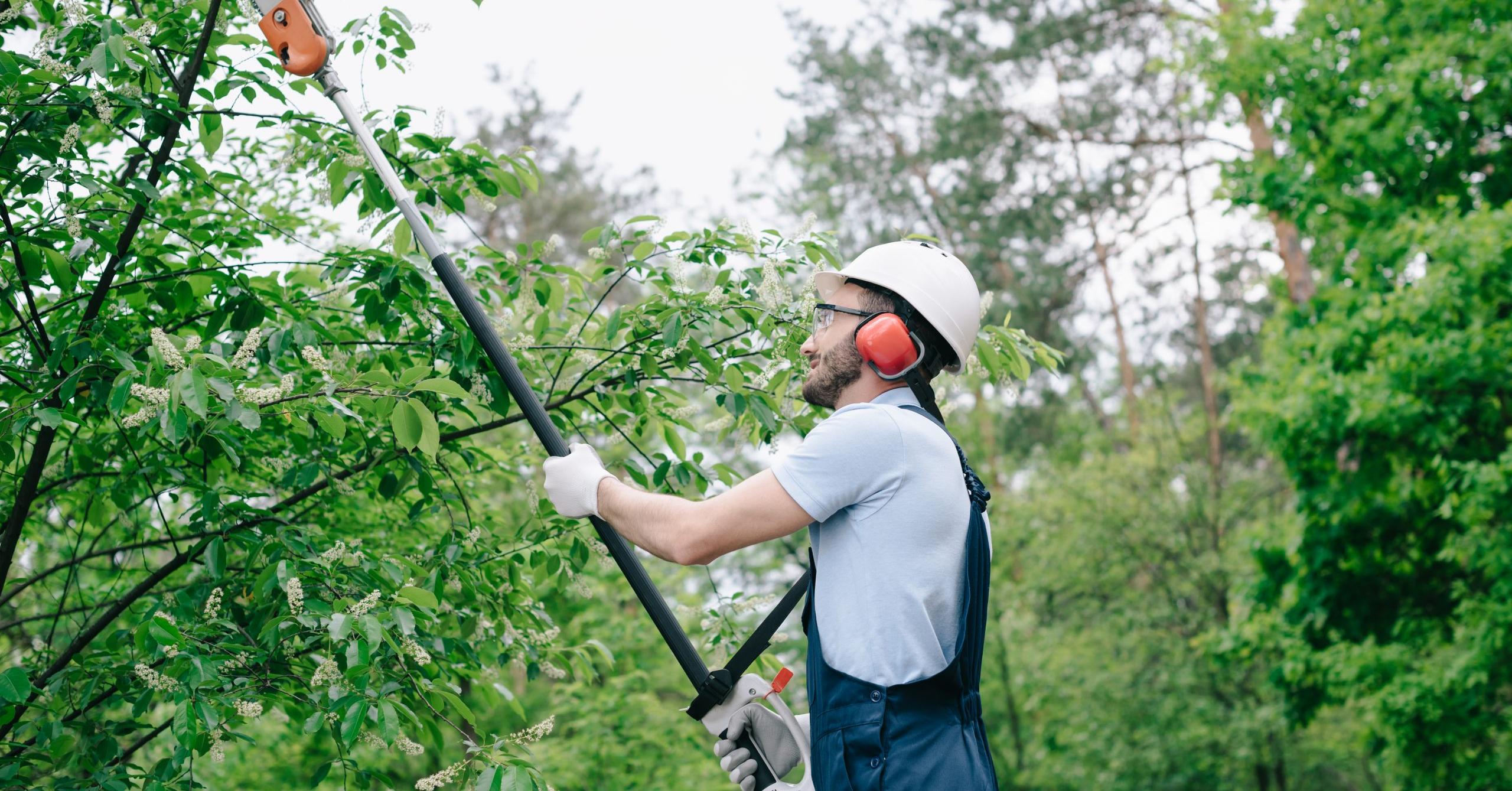Tree care is no simple task. It requires knowledge and precision, particularly in trimming and pruning. Missteps in this process can significantly damage your tree’s health. Let’s learn some common mistakes made during tree trimming and pruning and how to avoid them.
Common Missteps in Tree Trimming and Pruning
Trimming and pruning are crucial for maintaining a tree’s health and safety. However, they can harm the tree and potentially create hazards when done incorrectly. Engaging a professional tree service Lawrenceville GA with a Certified Arborist is always best. But we understand that some homeowners prefer to take on the challenge of tree trimming and pruning themselves.
Random Branch Trimming
Homeowners often look at their trees, identify seemingly sparse or dead branches, and decide those are the ones to trim. However, trimming and pruning requires a certain level of knowledge, including:
- The position of the branch
- The precise amount to trim
- How to cut (angle, branch type)
Which tools to use and how to use them
Without this knowledge, you can inadvertently harm the tree by cutting the wrong branch or trimming at the wrong time. A professional tree care company can evaluate the tree and know exactly what to do. Incorrectly cutting a limb or branch can impair the tree’s ability to produce food, disrupt its balance, and leave it susceptible to infection or disease.
Over-Trimming
Over-trimming is a common error in tree maintenance. Ideally, only 5-10% of the total foliage-producing limbs should be cut. Exceeding this limit could seriously affect the tree’s ability to grow, heal, absorb sunlight, and produce food. Over-trimming can also lead to limb or branch death, which not only mars the tree’s appearance but could also pose a dangerous and costly hazard. Dead branches are risky as they could fall, causing damage to property or even injury.
Tree Topping
Inexperienced tree service providers often employ tree topping, resulting in considerable harm to trees. This method haphazardly removes branches from the tree’s crown, leaving it with unsightly stubs. When branches are cut without considering the tree’s health or nearby lateral systems, it can lead to and accelerate branch decay. The damage can be so severe that it may eventually result in the tree’s death.
Contrary to tree topping, crown reduction is a different practice. It involves removing major dying, dead, or diseased branches rather than just any large branch. This technique is generally considered when severe storm damage, the tree is sick and experiencing dieback, or branches are dangerously close to power lines.
Incorrect Timing of Pruning
One of the most critical factors in tree pruning is timing. If you prune at the wrong time, it can harm the tree’s health. For example, pruning during the growth season can stress the tree and make it susceptible to disease or infestation. The best time to prune is typically late winter or early spring when the tree is dormant.
Unsanitary Practices
Neglecting sanitary practices is another common mistake. Using dirty tools can introduce harmful pathogens to the tree, leading to infection and disease. Always clean your tools before and after each use to prevent this issue.
Stubbing Out
Stubbing or snipping the tips of branches stimulates the plant to grow. However, this pruning can lead to an overgrown, dense canopy that blocks sunlight from reaching the tree’s interior. This lack of light can hinder photosynthesis and negatively affect the tree’s health.
Flush Cuts
Flush cuts occur when a branch is cut off flush with the bark of the tree trunk. This cut can damage the tree’s bark and disrupt its natural healing process, leading to decay. Instead, the cut should be made just outside the branch collar — the swollen area at the branch’s base.
In Conclusion,
Tree trimming and pruning are tasks that should not be taken lightly. It’s essential to understand the potential mistakes and how to avoid them to ensure the health and longevity of your trees.

